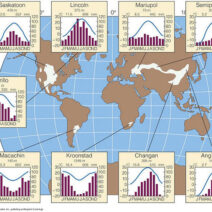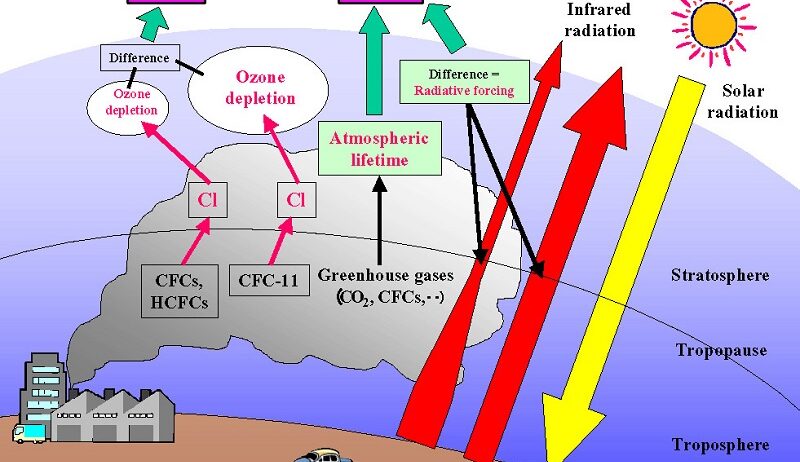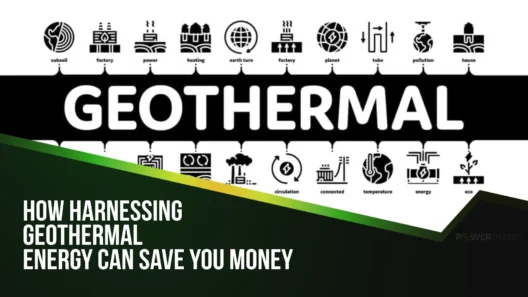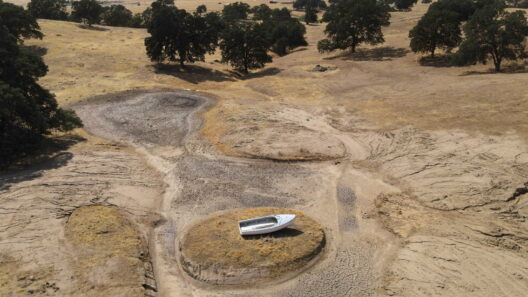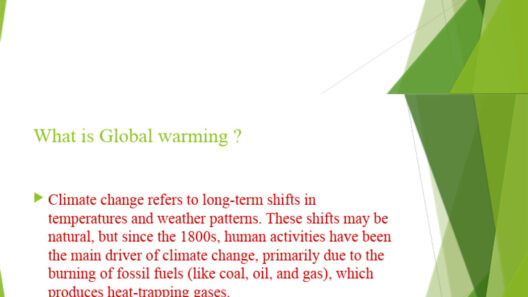In a world increasingly aware of the perils posed by climate change, the concept of global warming tends to dominate discourse. However, the prospect of actively managing or even reversing certain global temperature trends may not be as far-fetched as it seems. Delving into humanity’s unexpected potential for global cooling reveals opportunities that warrant scrutiny, innovation, and engagement.
The notion of global cooling might conjure images of ice age scenarios or sweeping climate alterations. But in the context of modern environmental science, it encapsulates various strategies and technologies aimed at mitigating the effects of anthropogenic warming. This perspective shifts focus from a passive adaptation to a dynamic interaction with our planet’s climate systems.
One significant concern among environmentalists and consumers alike is whether these strategies are viable, safe, and beneficial to the overall ecosystem. In addressing these concerns, we can explore the multifaceted avenues available to harness cooling potentials effectively.
Climate Engineering: A Radical Approach
One of the most talked-about avenues for achieving global cooling is climate engineering, also known as geoengineering. This approach encompasses a variety of large-scale interventions designed to manipulate the Earth’s climate system actively. Among these, solar radiation management (SRM) and carbon dioxide removal (CDR) stand out as pivotal methodologies.
Solar radiation management involves techniques that reflect a portion of incoming solar radiation back into space. For instance, stratospheric aerosol injection (SAI) consists of dispersing reflective particles into the upper atmosphere. This method has the potential to create a temporary cooling effect similar to what was observed after major volcanic eruptions. SAI could significantly reduce global temperatures if applied judiciously while addressing critical concerns about its potential side effects.
On the other hand, carbon dioxide removal strategies aim to lower atmospheric CO2 concentrations, thereby alleviating the greenhouse effect. Methods such as afforestation, soil carbon sequestration, and direct air capture emphasize long-term carbon management. Unlike SRM, which offers more immediate effects, CDR techniques present the advantage of addressing the root cause of global warming while simultaneously contributing to biodiversity conservation.
Emerging Technologies and Innovations
Innovative technologies hold tremendous promise in pursuing global cooling objectives. For instance, advanced materials and coatings are being developed to enhance solar reflectivity from buildings and urban surfaces. “Cool roofs” reflect sunlight and absorb less heat, thus mitigating urban heat islands and ultimately reducing the need for energy-intensive air conditioning.
Moreover, the advent of artificial intelligence (AI) in environmental management systems presents exciting opportunities to optimize energy use and improve emissions tracking. By leveraging AI algorithms, cities can make real-time adjustments to energy consumption patterns, aligning usage with renewable energy generation peaks. This not only reduces overall power demands but also lowers greenhouse gas emissions, further contributing to pertinent cooling effects.
Cellular Agriculture: A Sustainable Shift
The agricultural sector is a significant contributor to global warming, primarily through methane emissions and land-use changes. Cellular agriculture offers a paradigm shift toward sustainable food production, which inherently aligns with global cooling goals. By creating lab-grown meat and alternative protein sources, this innovative sector aims to reduce the environmental footprint of livestock farming without compromising food security.
Investing in such technologies diminishes the pressure to clear vast tracts of land for animal husbandry while reducing methane emissions associated with traditional farming practices. Coupled with sustainable farming techniques such as regenerative agriculture, which enhances soil health and carbon sequestration, cellular agriculture exemplifies a proactive route toward ecological restoration.
Policy and Public Engagement: Paving the Way Forward
The potential for global cooling cannot be fully realized without appropriate policies and public engagement. Governments must prioritize investments in clean energy technologies and sustainable practices that support cooling initiatives. Although geoengineering remains controversial, regulatory frameworks can help mitigate risks associated with deploying these interventions, ensuring that they are pursued transparently and ethically.
Public awareness and involvement are equally critical. Communities must engage in dialogues about climate solutions, addressing misconceptions about geoengineering while exploring grassroots initiatives to drive change. Citizen science projects, for instance, empower individuals to participate in data collection and analysis, fostering local engagement and resilience.
In addition, fostering partnerships between academia, private industry, and non-profit organizations can catalyze innovation and create a shared vision grounded in sustainability and responsibility. By pooling resources and expertise, stakeholders can tackle climate challenges more effectively and holistically.
Conclusion: Embracing the Unexpected
The unexpected potential for global cooling reflects a transformative approach to climate intervention. By actively engaging in innovative technologies, ambitious policy frameworks, and collaborative community efforts, humanity can embrace an approach that not only seeks to mitigate warming, but also reaps the rewards of a cooler planet. In recognizing that global cooling is not merely a distant dream but an achievable reality, we foster inspiration and actionable steps for a sustainable and resilient future.


